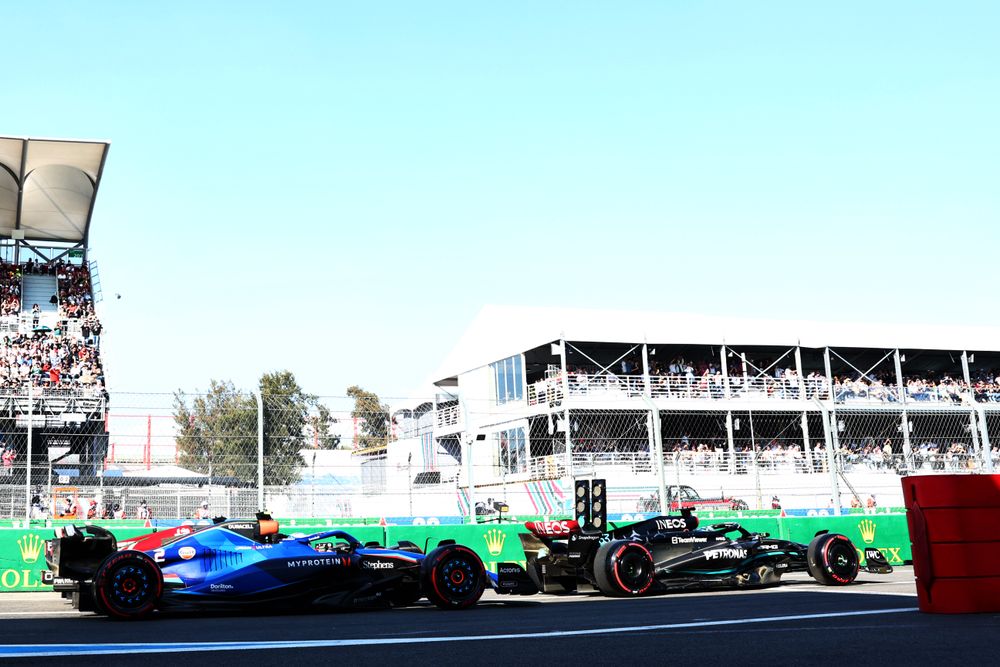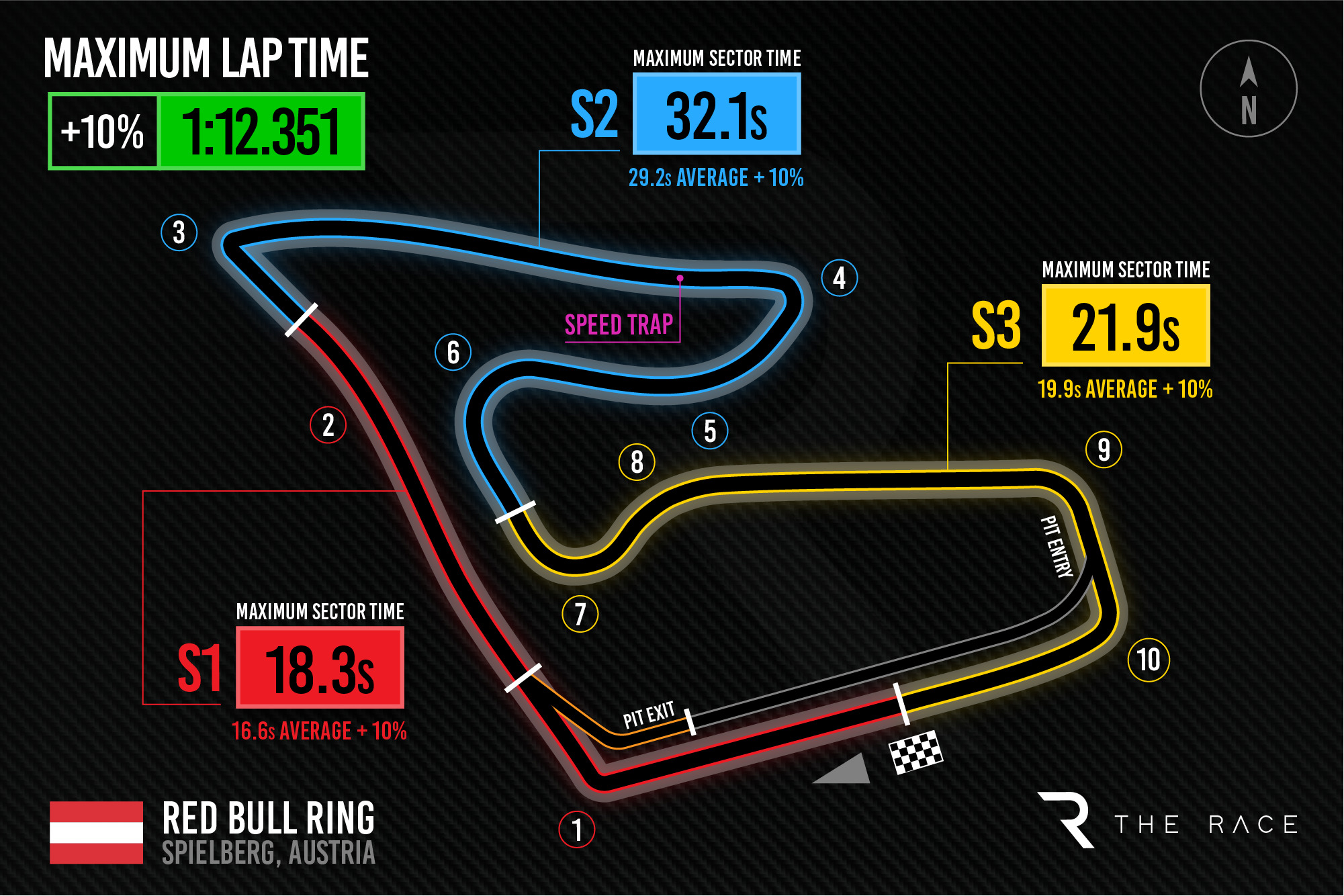Up Next

Formula 1 has taken action for the Brazilian Grand Prix to prevent a repeat of the pit exit traffic jams that have caused controversy in recent qualifying sessions.
Its solution - barring drivers from stopping in the pitlane itself but specifying rules for slowing and overtaking between the end of the pitlane and the track - effectively moves the problem of drivers slowing to create gaps for their qualifying laps from the pitlane itself to the pit exit lanes.
But while that ought to work at Interlagos this weekend, there will be plenty of circuits where it won't.
Max Verstappen, George Russell and Fernando Alonso were all investigated after Mexican GP qualifying for stopping at the end of the pitlane in an effort to create clear space for qualifying laps without slowing on track and infringing the minimum laptime rule now in place.
In ruling that no action should be taken against the trio, the Mexico stewards acknowledged the need for drivers to have clear track for flying laps and expressed sympathy for the "contrary requirement" created by that desire, the minimum laptime rule and the need to avoid causing pitlane traffic jams.
“All parties including the stewards are firmly of the view that it is better to have the potential of cars backing-up in the pitlane or at the pit exit, instead of the potentially dangerous situation of large speed differences on track," said their statement.
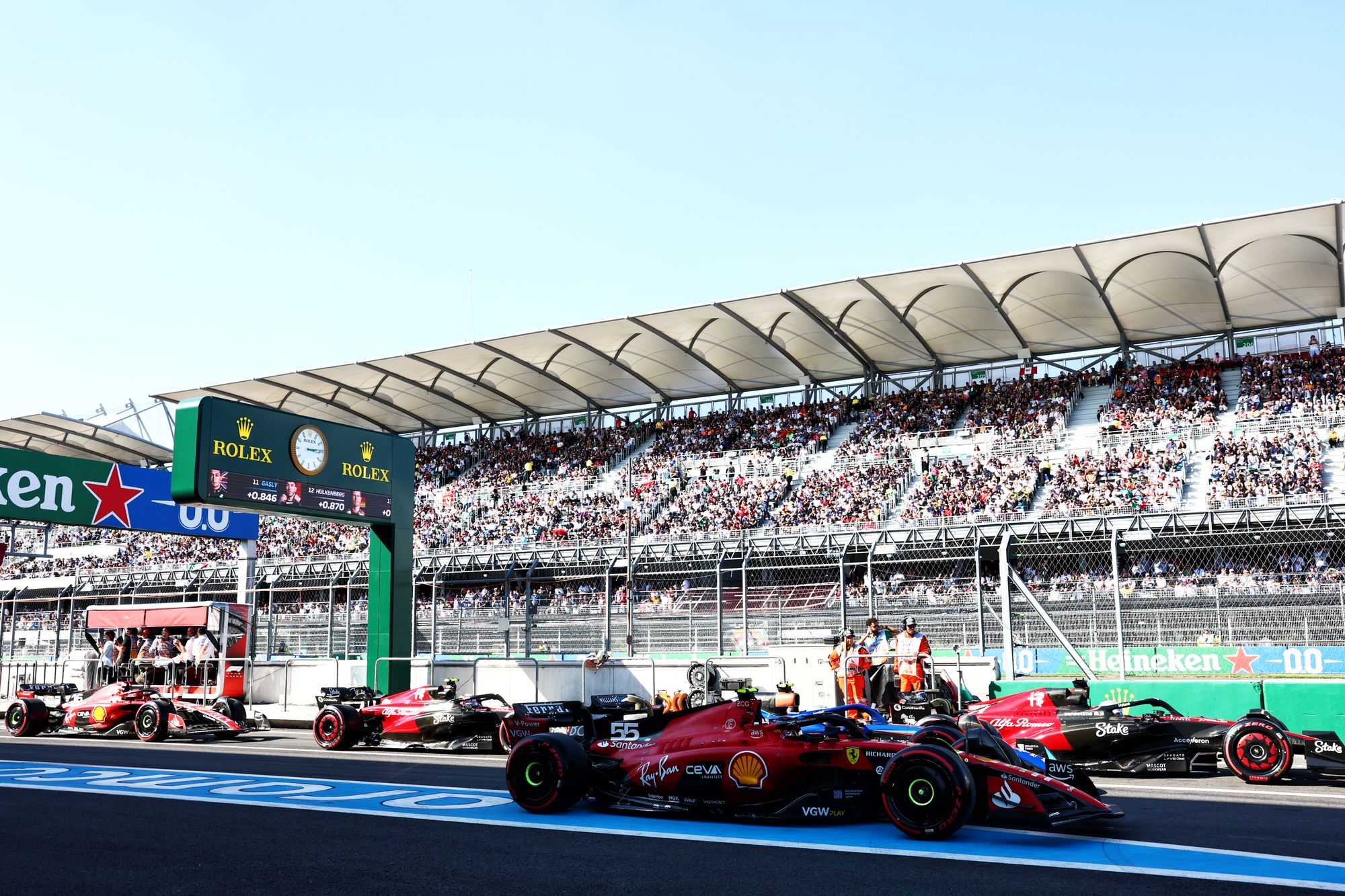
The Brazilian GP event notes reiterate that "as per article 33.4 of the Formula 1 sporting regulations, drivers are not allowed to go unnecessarily slow, that includes stopping a car in the fast lane of the pitlane" but then offers an alternative.
"During shootout and qualifying, drivers may create a gap between the pit exit lights and the SC2 line," reads the instruction.
"Any driver who wishes to do so must drive as far to the left as possible to allow other drivers to pass them on the right side of the pit exit road."

Interlagos has a lengthy pit exit route that misses the track's Senna S and Sol curve before filing cars back out onto the track on the straight leading to Descida do Lago, the circuit's fourth turn. The SC2 line is where the pit exit meets the main racetrack and is the point at which the minimum laptime requirement starts.
That section is wide enough in Brazil that if the instructions are followed correctly drivers should be able to pass other cars that have slowed to build gaps.
The event notes are effectively race-by-race regulations, so that procedure is now a rule for this weekend only and may or may not be applied at future tracks.
The organisers' main target here is just be to move the problem away from the garage area - it's less about stopping people being unfairly held up and more just giving the drivers the chance to create space for their laps without being needlessly dangerous in a place others are vulnerable.
It suggests sympathy for drivers' need to build a gap and acceptance of the loophole of doing so before they get on the racetrack, and an effort to move it to a safer place than the immediate pit exit - where a worst-case scenario would be a collision that sends a car towards mechanics and garages.
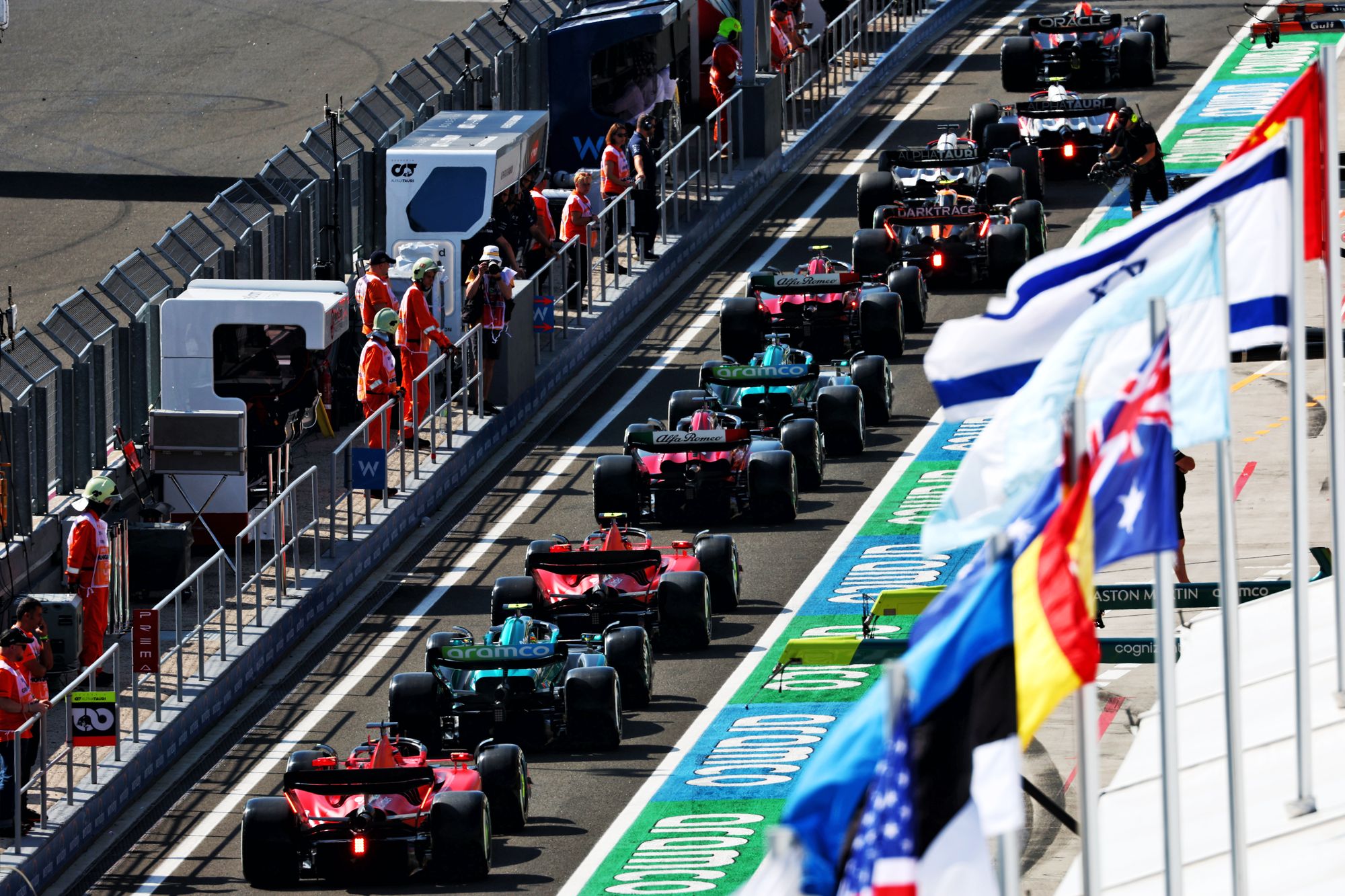
The Interlagos solution means cars can slow to create gaps more safely because of the space between this particular pit exit and the racetrack, and in a fairer way given the clear instruction to allow cars to pass if they want to.
Everyone now knows the situation very clearly so teams can tailor pit exit times accordingly to allow for gap-building before the SC2 line.
But while the Interlagos layout allows for this solution, it won't be possible to apply it at tracks where the run from the pitlane end to the SC2 line is minimal or less spacious than in Brazil.
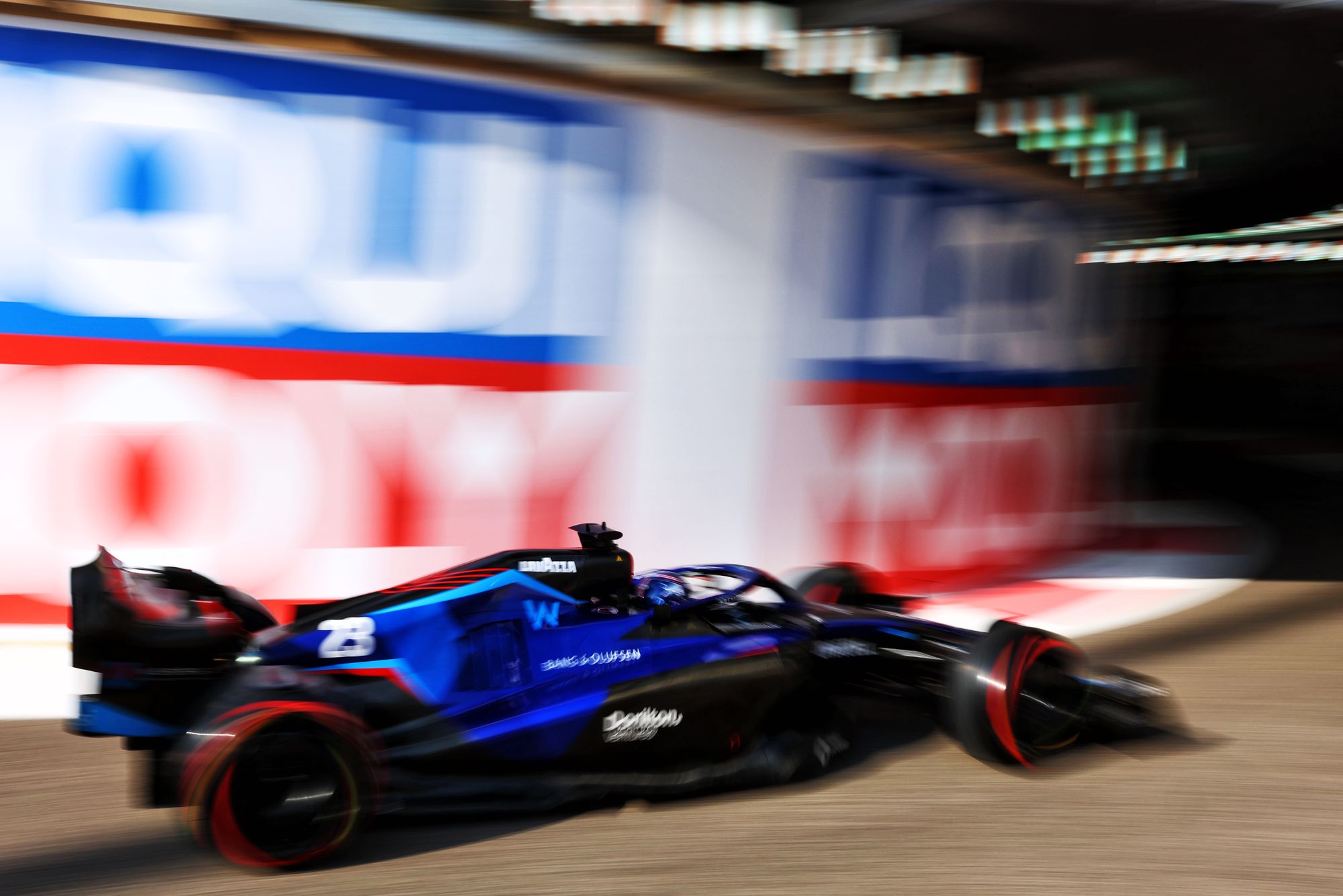
For example at the Abu Dhabi season finale, any such provision will have to refer to the final part of the pit exit route after the initial tight plunge through the tunnel under the track, and it would be a non-starter in Monaco where the pit exit route is largely within the inside run-off area of Sainte Devote corner.
There's potential for it to be messy - if adopted as standard - at many circuits with tight pit exits where drivers who are held up and impatient will now be encouraged to try to overtake while the slow moving car may not get out of the way properly. Swift penalties for any transgressions would probably help.
But while this is an imperfect solution that can't be applied universally, it's a much better one than allowing dangerous situations near teams' garages or huge closing speeds on track, and is an admirable attempt to take drivers' needs into account while cracking down on unsafe practices.


